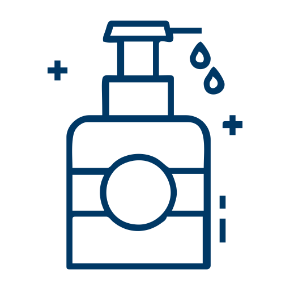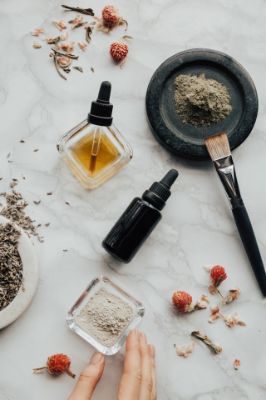When it comes to the best ingredients for fighting acne, two stand out from the crowd: benzoyl peroxide and salicylic acid. These tried-and-true skincare staples both help to reduce acne-causing bacteria. What is more, you are likely to find them in many of the same types of products — mainly cleansers, spot treatments and exfoliators. However, that does not mean these two ingredients are the same.
Here's a look at the difference between benzoyl peroxide vs salicylic acid:
What is Salicylic Acid?
Salicylic acid has been used some 2,000 years — even longer than benzoyl peroxide — to target pimples and breakouts on the face. It is a beta hydroxy acid that works by penetrating deep into the skin and dissolving whatever is clogging your pores before it can cause breakouts, whether it is excess oil and dead cells or irritants from the environment, such as dirt and particles from air pollution.
The result? Fewer and less extreme breakouts, thanks to the removal of acne-causing bacteria, as well as the ingredient's natural exfoliating abilities. It is also anti-inflammatory, which makes it less likely to contribute to redness on the skin. Over-the-counter salicylic acid is limited at 2% for products that are designed to be left on your face and 3% for products that are meant to be washed off, such as cleansers or shampoo.
What Is Benzoyl Peroxide?
Benzoyl peroxide, on the other hand, is an organic acid in the peroxide family that is been used to treat acne for more than 60 years. Its antimicrobial properties lower the levels of the acne-causing bacteria known as P. acnes in and on the skin while also calming inflammation. However, this ingredient is more likely to cause skin irritation than salicylic acid, which is why it is available over the counter in various concentrations ranging from 2.5% to 10%. The higher the formula's concentration, the more likely it is to lead to red or peeling skin.
How Are Salicylic Acid and Benzoyl Peroxide Different?
The major difference between benzoyl peroxide vs salicylic acid is in their approach: Salicylic acid clears out whatever is lurking in your pores, while benzoyl peroxide actually kills the acne-causing bacteria itself. It is quite possible that both acne-fighters will work well with your skin, but it is smart to consider your skin type before you reach for a new product.
How to use Salicylic Acid and Benzoyl Peroxide in your skincare regimen?
Dermatologists generally don't recommend using these ingredients together. Combining the two is a quick way to dry out your skin and cause irritation. Rather than using them together and hoping for the best, try picking one that targets your skin's specific needs.
If you have blackheads and whiteheads, salicylic acid alone should work well to clear out your pores. If your acne tends to be inflammatory, such as papules and pustules, opt for benzoyl peroxide to stop outbreaks at the source.
For sensitive skin, start with salicylic acid, since it is less likely to cause irritation. If you are already using an oral or topical treatment for acne, benzoyl peroxide might be a more effective option — but start with a lower concentration and gradually move up from there to see what your skin can tolerate. This is doubly important if you use benzoyl peroxide products that you leave on your skin.
If your skin is dry, you can still use one or both products. However, you may want to use them in a cleanser so the ingredients do not sit on your skin for too long and cause dryness. Also, make sure to apply a moisturizer along with your acne products to help maintain skin barrier function and minimize the risk of irritation.







